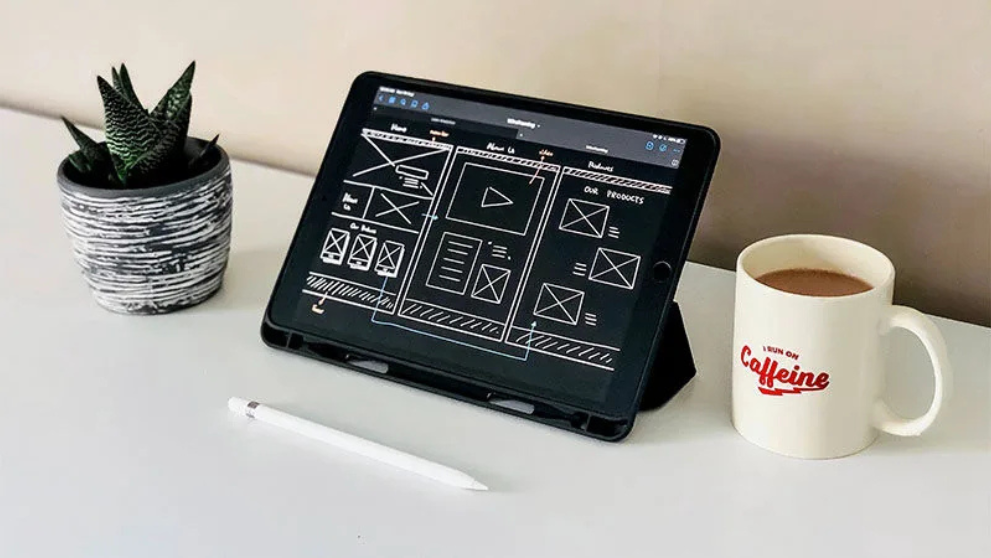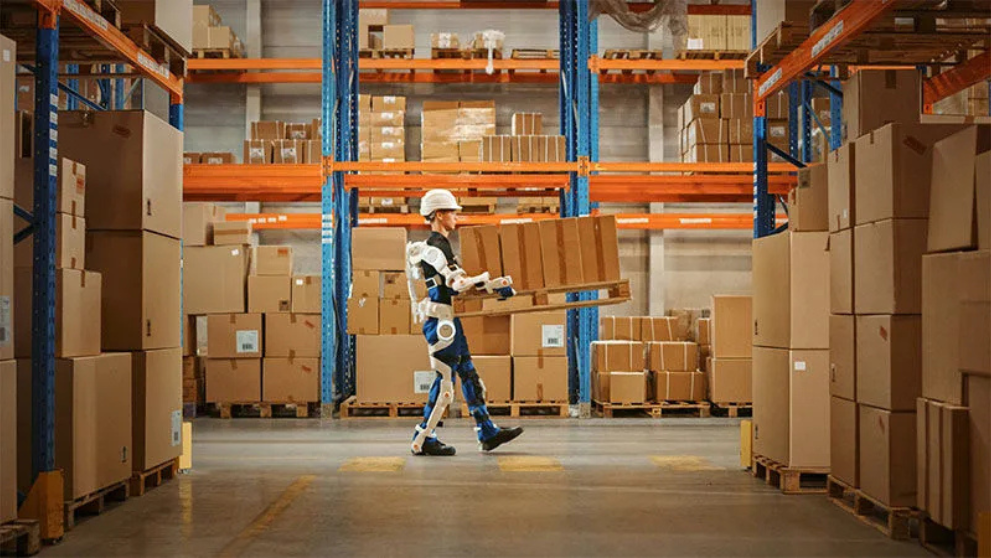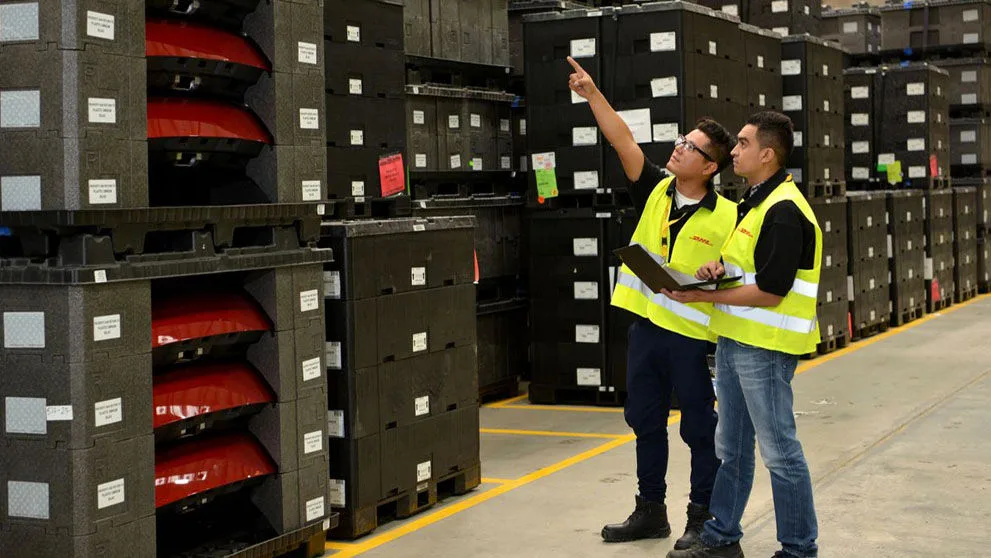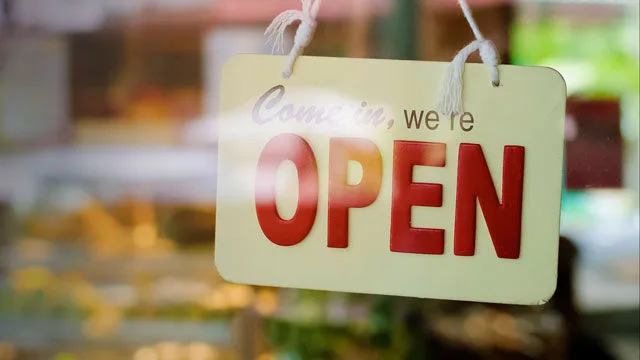Types of e-commerce
There are several types of e-commerce:
B2C – business-to-consumer
This is the one that you are probably most familiar with. It involves online businesses, typically retailers, selling products and services directly to consumers. Examples include grocery and apparel brands, small businesses with their own e-commerce website, and subscription-based services like Netflix.
But it's not all sunshine and rainbows for B2C e-commerce in Ireland. Competition is fierce, and Irish consumers are becoming increasingly demanding. They expect lightning-fast delivery, seamless online experiences, and robust data protection measures. For businesses to thrive, they need to go above and beyond to meet these expectations.
B2B – business-to-business
This involves electronic transactions of goods and services between businesses. Examples include commerce wholesale, where the buyer sells to an end customer (B2B to B2C). B2B e-commerce is a fast-growing sector; typically, negotiations would have been done in person, but much of it is moving online due to digitalisation.
However, B2B e-commerce in Ireland presents unique challenges. Sales cycles can be long and complex, requiring personalised solutions and strong relationship-building. Integrating e-commerce platforms with existing enterprise systems can also be a hurdle. To succeed, businesses need to focus on providing tailored services and building trust with their clients.
C2C – consumer-to-consumer.
This involves the electronic transactions of goods and services between consumers. Typically, these are conducted via a third-party online platform like eBay or Facebook Marketplace. This allows individuals to buy and sell used or new goods, offering a platform for entrepreneurship and providing consumers with a broader range of choices.
But C2C e-commerce has its own set of challenges. Ensuring trust and safety in online transactions is paramount, and managing disputes between buyers and sellers can be tricky.
C2B – consumer-to-business
This is where consumers sell their products or services to businesses. Examples include online influencers selling ad space on their blog, or a photographer selling their images to businesses via a dedicated platform like Shutterstock. C2B e-commerce empowers individuals to monetise their skills and creativity while providing businesses with access to a diverse pool of talent and resources.
In Ireland, the C2B e-commerce landscape is evolving, with opportunities for freelancers and independent contractors to offer their services to businesses. However, challenges include establishing credibility, setting competitive prices, and managing client relationships.
D2C – direct-to-consumer
D2C e-commerce cuts out the middleman, allowing businesses to sell their products or services directly to consumers. This model offers several advantages of e-commerce, including greater control over branding, pricing, and customer relationships.
That said, managing logistics, marketing, and customer service independently can be challenging, as it requires businesses to wear many hats and develop expertise in various areas. They need to handle everything from website development and order fulfilment to customer support and marketing campaigns, often with limited resources. This can be a significant hurdle, especially for smaller businesses or startups venturing into the D2C space.
M-commerce – mobile commerce
With smartphones becoming ubiquitous, m-commerce has exploded in popularity. Mobile-friendly e-commerce encompasses any e-commerce transaction completed on a mobile device. From ordering takeout to buying the latest fashion trends, m-commerce has become an integral part of our daily lives.
This shift towards mobile has huge implications for businesses. Customers can browse their latest collections, place orders, and track deliveries, all from the convenience of their smartphones. This offers unparalleled convenience and accessibility, but businesses need to prioritise robust security measures and ensure their mobile platforms are user-friendly to build trust and encourage sales.
Subscription-based e-commerce
Subscription boxes, streaming services, and software subscriptions are all examples of this thriving e-commerce model. Businesses offer products or services on a recurring basis, fostering customer loyalty and generating predictable revenue streams.
Social commerce
Social media has become a powerful tool for driving e-commerce sales. To understand what social commerce entails, think of it as leveraging platforms like Instagram, Facebook, and TikTok to showcase products, engage with customers, and ultimately drive sales.
Many Irish businesses are successfully utilising social commerce to build their brands and connect with customers. However, this requires a strong social media strategy, engaging content, and a seamless transition from social media to online store.





















